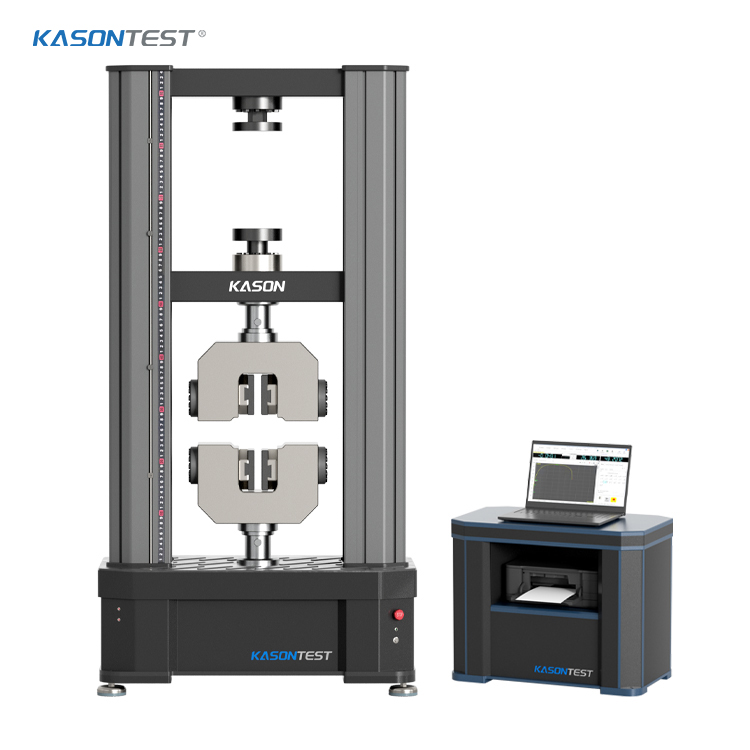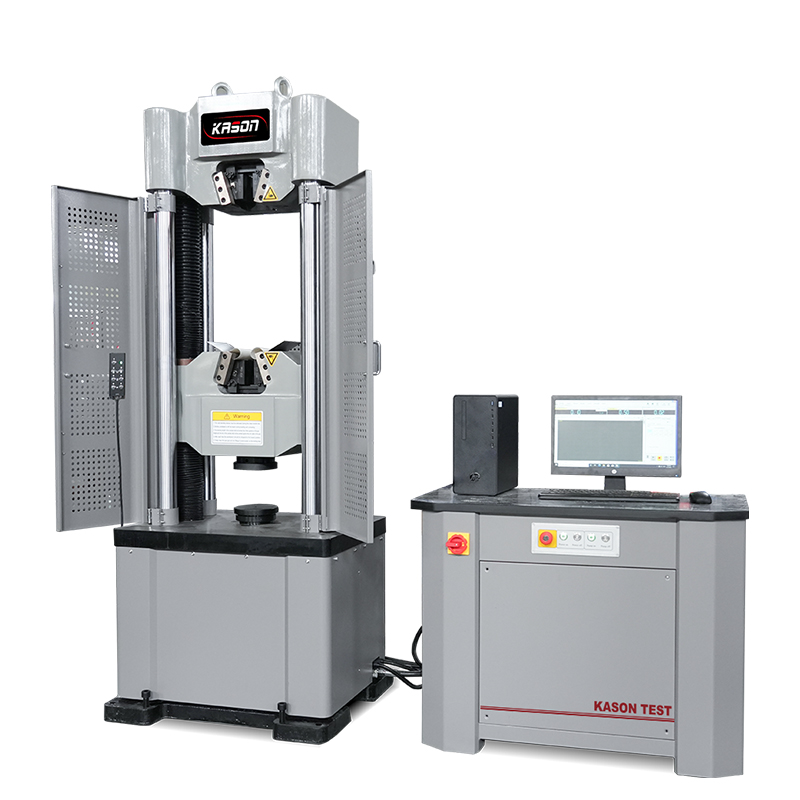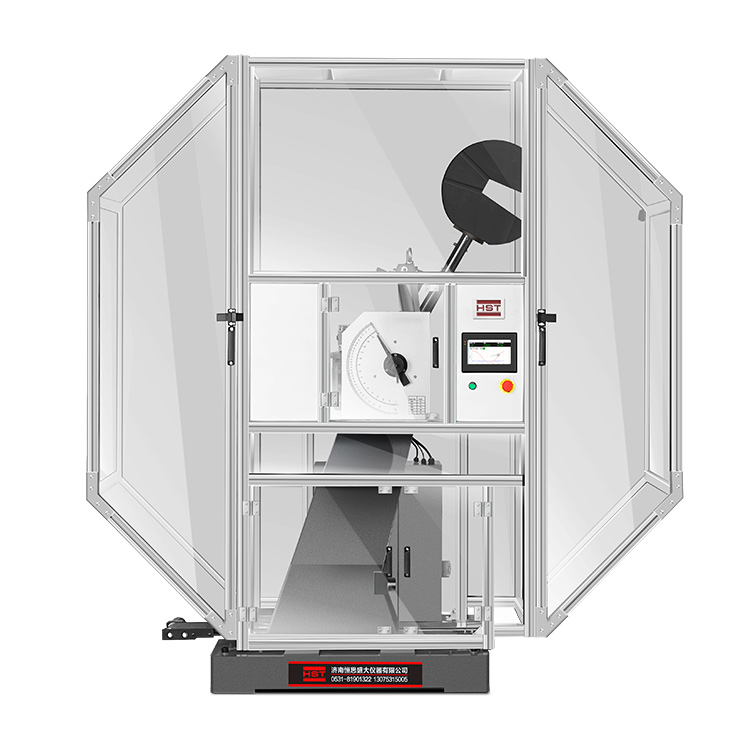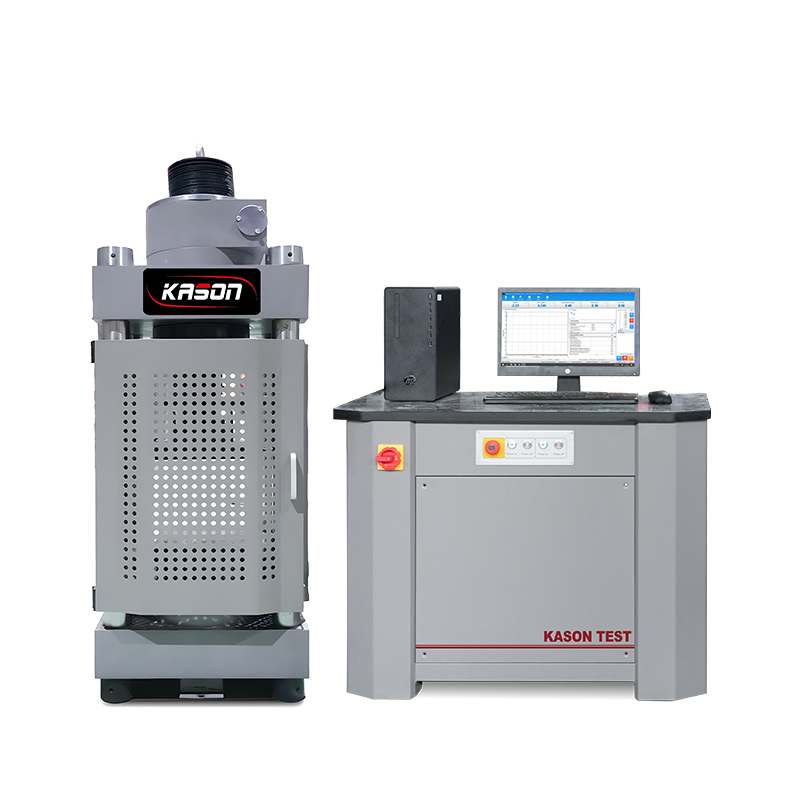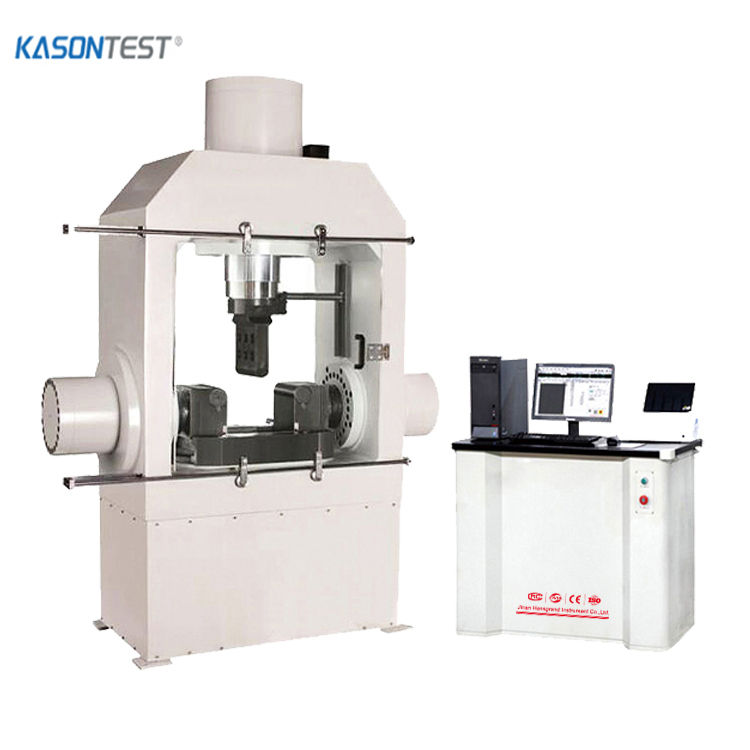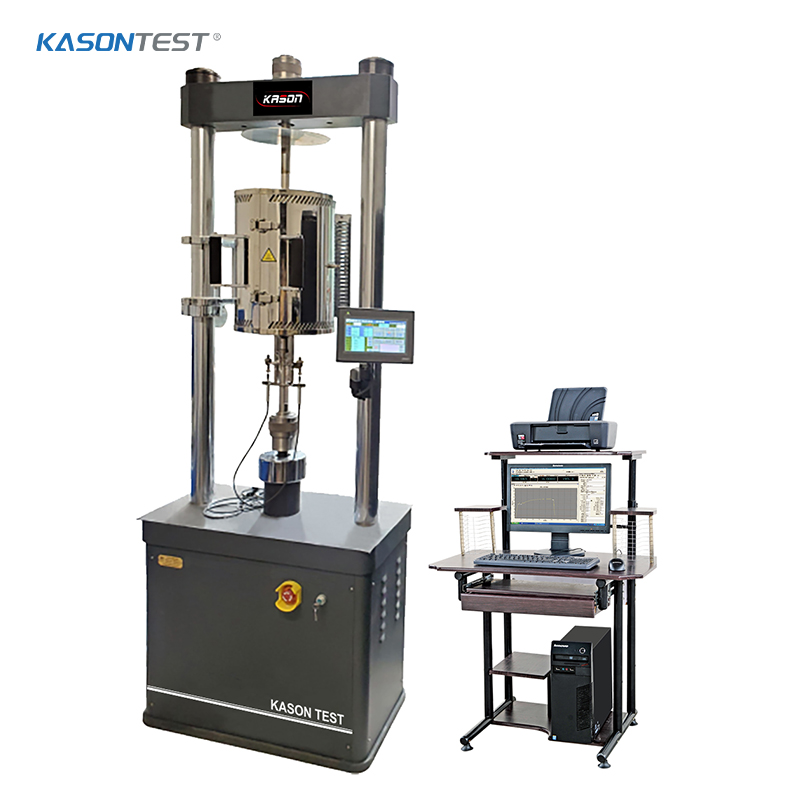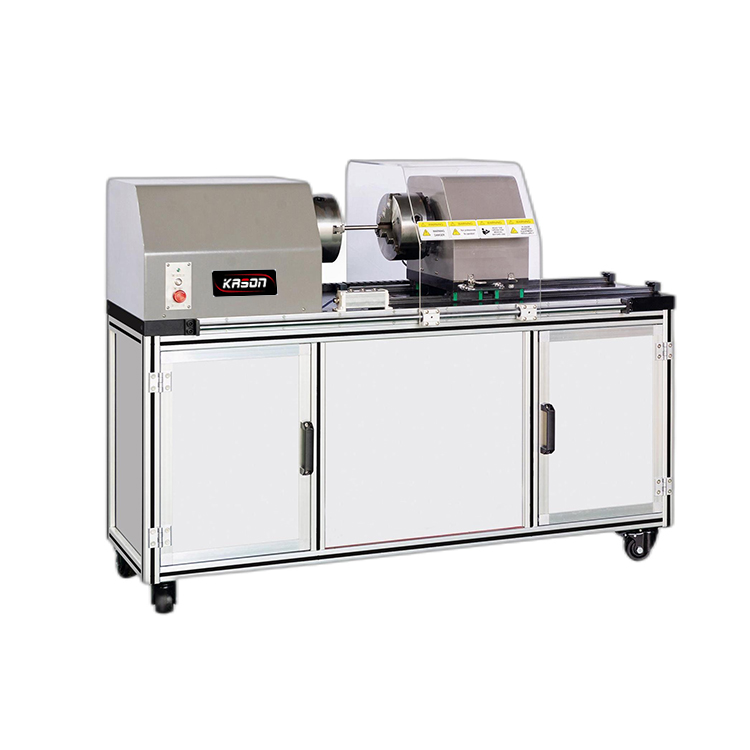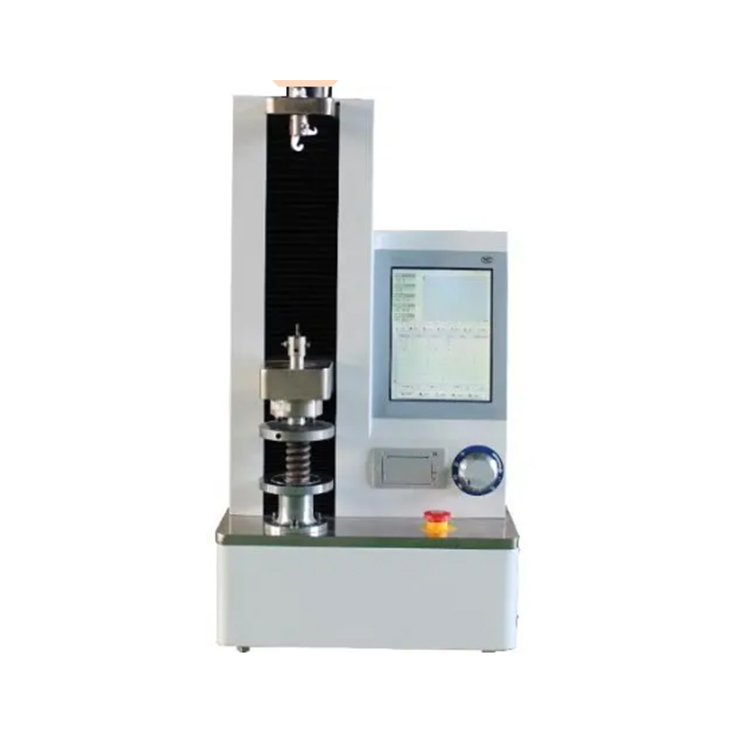Materials Testing
Materials testing encompasses a broad range of methods, often categorized by the property or condition being evaluated:1. Mechanical Testing
Focuses on how materials respond to forces. This includes:
Tensile, Compressive, and Shear Testing: Measuring resistance to pulling, squeezing, or sliding forces.
Hardness Testing: Assessing resistance to indentation or scratching (e.g., Vickers, Rockwell tests).
Impact Testing: Evaluating toughness by measuring energy absorption during sudden impacts (e.g., Charpy test).
Fatigue Testing: Determining how materials fail under repeated or cyclic loading.
Testing Methods and Equipment
Methods and tools vary by test type but share a focus on precision and control:
Universal Testing Machines (UTMs): Versatile instruments for mechanical tests like tensile or compression, with load cells and extensometers to measure force and deformation.
Hardness Testers: Include Vickers, Rockwell, and Brinell machines, which use indentation to quantify hardness.
Spectrometers and Chromatographs: For chemical analysis, identifying elements or compounds in materials.
Environmental Chambers: Control temperature, humidity, or gas exposure to simulate extreme conditions.
Microscopes and Imaging Systems: From optical microscopes for basic microstructure analysis to transmission electron microscopes (TEM) for atomic-scale observations.

